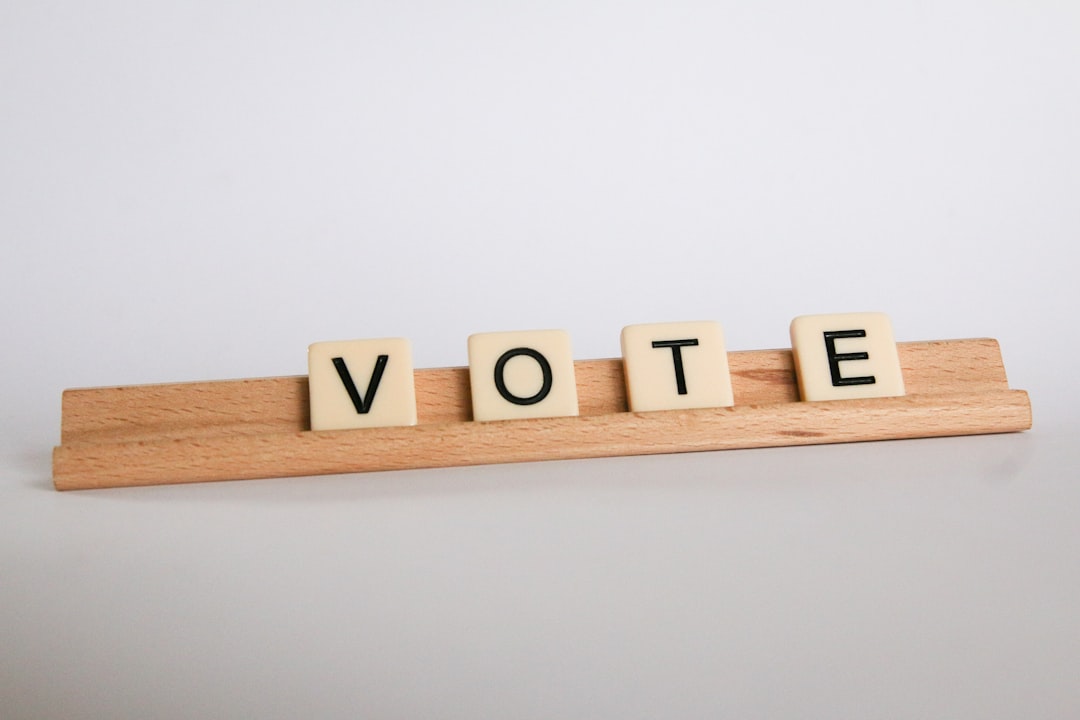Creating a compelling logo is a foundational step in building a brand’s identity. However, having a great design doesn’t automatically guarantee that the logo will resonate with the intended audience. This is where validation methods such as five-second tests and polls come in. These tools help gauge first impressions and capture intuitive responses from real users, revealing what your logo communicates and how effectively it does so.
TLDR (Too long, didn’t read)
Validating a logo before launch is essential to ensure it communicates the right message and resonates with your audience. Quick tools like five-second tests assess initial reactions, while targeted polls dive deeper into user preferences and perceptions. These research methods reduce the risk of branding missteps and empower designers with actionable feedback. Using these strategies can turn a mediocre logo into a memorable one.
Why Validation Matters in Logo Design
It’s easy to get attached to a logo after spending hours on its design. But designers and stakeholders aren’t the end users. A logo that looks sleek to a creative team might seem confusing, generic, or irrelevant to the target audience. Validation ensures more than aesthetic approval—it ensures effectiveness, clarity, and emotional connection.
There are two primary ways to validate a logo:
- Five-second tests — measure immediate impressions and message clarity.
- Polls — gather more detailed insights about the logo’s appeal and user preferences.
What Is a Five-Second Test?
The five-second test is a user research method where participants are shown a design—typically a webpage, ad, or logo—for just five seconds. After the brief exposure, they are asked questions to determine what they remember and how they felt about it.
Why just five seconds? That’s about how long viewers give a visual element before forming a first impression. If your logo doesn’t make an impact quickly, it likely won’t stick at all.
How to Run a Five-Second Logo Test
Here’s how to execute a successful five-second test for logo validation:
- Select a platform. Use user testing tools like UsabilityHub, Maze, or PlaybookUX that support five-second tests.
- Prepare your test. Upload your logo design and ready a short set of post-viewing questions such as:
- What do you think this logo represents?
- What emotions or adjectives come to mind?
- Can you recall any specific details?
- Choose your audience. Target participants that match your intended market demographics.
- Analyze the results. Look for common themes. Are people understanding the brand’s offering? Does the aesthetic match the intended personality?

Using Polls to Dive Deeper
While five-second tests give you snap reactions, polls provide valuable depth. They can help compare logo variations, determine preferences, and highlight emotional responses more thoroughly than test-based recall questions.
Polls are especially useful in scenarios like:
- Choosing between multiple logo designs.
- Assessing audience resonance with certain colors or fonts.
- Gathering demographic-based feedback (e.g., does this logo appeal more to younger audiences?).
Best Practices for Logo Polling
To ensure meaningful insights, follow these steps:
- Include context. Briefly describe what the logo represents to help users frame their feedback.
- Ask specific questions. Instead of “Do you like this?”, try:
- Which logo best reflects a trustworthy brand?
- Which design feels more modern or innovative?
- How likely would you be to remember this logo?
- Use visuals. Show logo options side-by-side to make comparisons easier.
- Segment results. Filter feedback by audience categories to spot trends across different groups.

Combining Both Methods for Maximum Impact
Five-second tests and polls complement each other perfectly. One measures instinct, the other measures reasoning. By using both during your logo validation process, you cover both halves of how consumers make judgments.
A typical process might look like this:
- Design 2–3 logo variants.
- Run five-second tests on each to identify gut reactions and message clarity.
- Use polls to explore preferences, emotional perception, and memorability.
- Refine based on insights, and repeat tests if necessary.
Common Mistakes to Avoid
While testing and polling can be incredibly powerful, there are pitfalls to avoid that can skew your results:
- Unclear questions: Ambiguous or overly broad queries will yield vague feedback.
- Poor sampling: Feedback from people outside your target demographic can misguide your design choices.
- Testing too late: Waiting until the design is nearly final can limit your ability to make meaningful changes.
Interpreting the Data
After collecting data, the challenge lies in what to do with it. Pay attention to:
- Patterns in qualitative feedback. Which descriptions come up consistently? Do users associate the logo with the intended values?
- Clear vote winners in polls. Is one design consistently preferred over another?
- Demographic variance. Check if different age groups or regions perceive the logo differently.
Turn this feedback into design decisions. A logo that was meant to feel high-end but comes across as “cheap” needs a visual overhaul. Positive feedback confirms you’re on the right track.
From Validation to Launch
Once you’ve refined, retested, and your audience affirms the direction, you’re ready to officially commit to your design. Not only will the logo perform better in the market, but you’ll also have the added confidence of knowing it’s backed by data.
Building a logo that connects with people isn’t just about creativity—it’s about crafting a visual identity that speaks clearly and instantly. Five-second tests and polls are your cheat codes to getting it right.
Frequently Asked Questions
-
What makes a good five-second test question?
Ask questions that validate the key goals of the logo, such as brand recognition, emotional resonance, and clarity of message. Stick to one idea per question for clarity. -
How many people should I test my logo with?
A good range is 25–100 participants per variant. More responses create clearer patterns, but even small data sets can yield directional insights. -
Should I only test logos during the design phase?
No. Testing can happen at multiple stages: early concepts, polished designs, and even post-launch for rebranding efforts. Continuous feedback ensures ongoing relevance. -
Can I use free tools to run these tests?
Yes, platforms like Google Forms or social media polls can be used for basic poll feedback. For structured five-second testing, platforms like UsabilityHub are more suitable. -
What if the test results conflict with what stakeholders want?
Use user data as a conversation tool. When backed by real insights, you can better justify design decisions and guide stakeholders toward effective, audience-aligned solutions.
